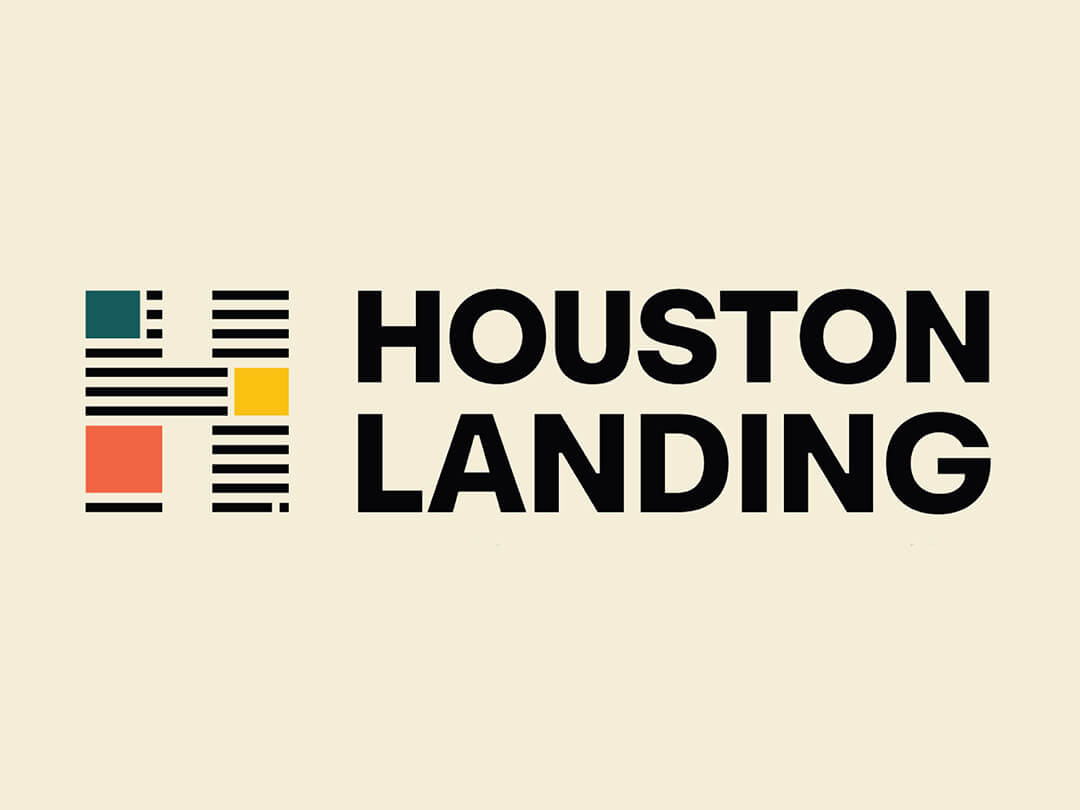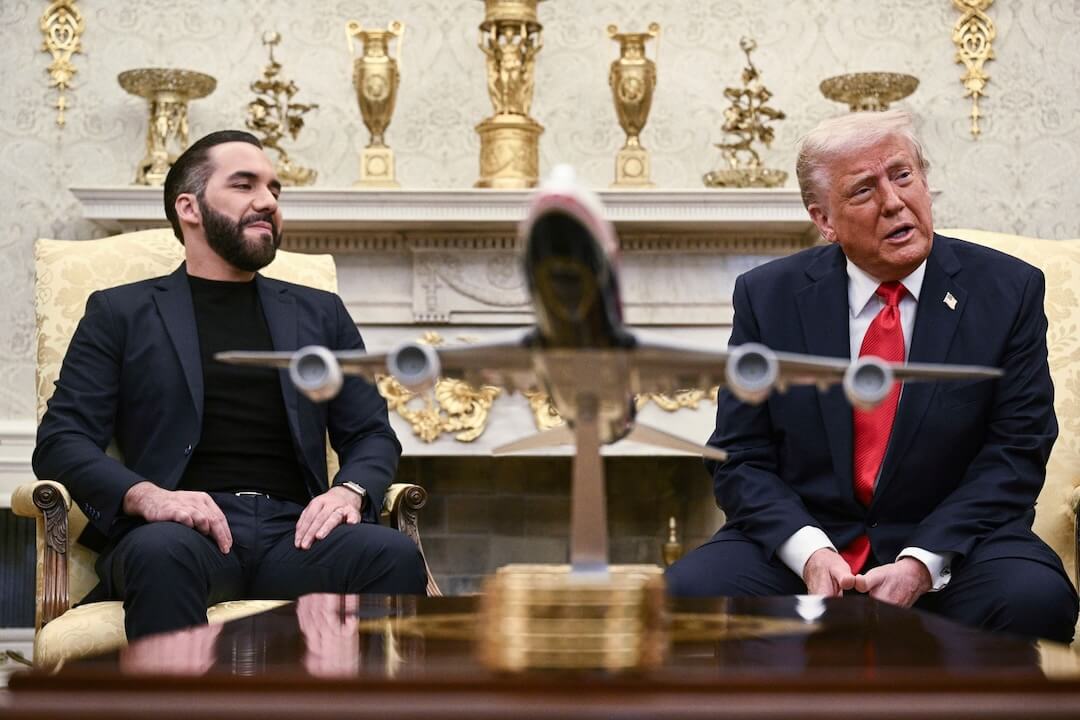Last week, you sent in a handful of great questions about holding events. And I thought, wait, I should get answers to these.
Via email, I spoke with some women who had great insights into events, strategy and why panels are boring.
Megan Finnerty is the founder and director of Gannett's Storytellers Project, a series of more than 100 nights in 22 cities that combine oral storytelling and journalism. Mariko Chang is manager for membership and events at Honolulu Civil Beat. Joan Brady is chief operating officer of Spirited Media. And Agnes Varnum is director of events for Texas Tribune.
I've included who the questions came from, and in some cases, a few different answers.
Amy Elliott Bragg, special projects editor, Crain’s Detroit Business: Any good rules of thumb for helping editorial and sales/marketing teams work together to plan and produce events? It can be really exciting and creatively fruitful to collaborate, but also creates some potential minefields, obviously as it relates to editorial independence but also in terms of our goals (producing fantastic live journalism vs. meeting ambitious revenue targets … not that those necessarily have to be at odds!). As the newsroom liaison to our events planning team, I often find myself asking: Who is in the driver's seat here? Who should be? Should I get over the very idea of a driver's seat?
Finnerty: Great events need clear vision statements, and they need intentionality. This foundational work can then be fairly easily translated into market propositions, value propositions and other materials to drive sponsorship sales, ticket sales and awareness.
Editorial values should drive all visions and should be able to translate into compelling arguments for sponsors AND attendees. Understanding WHY a company should want to align to sponsor your journalism is as important to an event coordinator as understanding why a person would want to buy a ticket.
More than anything, sponsorship is about an event with a distinct editorial value proposition. If you know you have a passionate audience of some size — whether live or in online downstream content — you should be able to find financial support — through grants or direct sponsorship. BUT, the person with the editorial vision MUST do the thinking and writing for sales, marketing and editorial on this topic so all the ideas are in alignment. If you can sell the event to a ticket-buyer, you can sell it to a sponsor.
I created the sales, marketing and editorial language and vision for The Storytellers Project and have helped others in my company write compellingly about the value of their work to sponsors and to audience members. This is the biggest insight I can offer content creators. Know how to sell your work and then teach it to others.
Tracey Taylor, co-founder, managing editor, Berkeleyside: How can we find sponsors for events and craft mutually beneficial partnerships with them?
Chang: We view our events as engagement tools rather than revenue generators. Donations from grassroots individual supporters represent our core revenue strategy, so it is important for our newsroom to craft opportunities for in-person reader engagement and donor cultivation. Not having an aggressive sponsorship presence at our events allows us to create an ad-free atmosphere that places our content front and center. It also reinforces our fundraising messaging that is ubiquitous at all of our events — Civil Beat relies on individual donors to support our newsroom; not ad revenue from businesses. Now that our events have grown in size, we are experimenting with allowing subtle sponsor messages from organizations that we know our readers respect and trust. We disallow direct calls to action, and instead focus on communicating the sponsor’s reason for supporting Civil Beat’s mission.
Varnum: Events are one asset that the Texas Tribune has to offer as part of an overall package. Our sponsorship director meets with potential underwriters, listens to what they are trying to accomplish with their budget and then provides a program that she thinks will give them the visibility and audience they are looking to hit. Sometimes an event is a sure-fire hit because it's a particular speaker or topic, and in that case, the sponsorship director already knows what is of interest to the client to be able to hit them up when something is coming down the pipeline that they will want to be attached to. This is a cultivation and stewardship process — not sending out a kit and hoping someone will bite. Top-notch sales people are key, and I've heard over and over again from news orgs that their ad sales people don't get events. It's not the same as selling an ad, so it's important to work with sales people who understand the value proposition and who listen and communicate well with clients.
Amy Elliott Bragg: I would love some examples of creative event formats that folks have tried! Panel discussions, keynote speakers, and lightning talks are all tried and true but sometimes feel tired to me when we're brainstorming content ideas.
Finnerty: Variety show — explore a topic through a variety of lenses — song, art, how-to talk, a moderated q&a, telling a personal story or reading a personal essay.
I’m SO OVER panel discussions. I feel like people rarely prepare appropriately and at some point they’re just so tedious. I wish more newsrooms would prioritize intimacy and access. Like, why should I get off my couch? I can watch people talk on stage from my couch. How do you create intimacy and excitement and surprise worth showing up for? (Hint: Look to theater …)
Kristin Walters, engagement strategist for Illinois Newsroom: How do you include digital participants into live events? Have you seen this done well? An IRL event with guests also “attending” via social media?
Chang: In terms of live events, Civil Beat includes digital participants through our Facebook livestream. For example, last year Civil Beat launched a news literacy series aimed at helping readers identify reliable sources of information and become better consumers of news. Thanks to a partnership with the Hawaii State Public Library System, the first three events were streamed live on Facebook to off-site watch parties at local libraries throughout the state as well as to the general public. In some cases, we are also able to field questions from the comment section of the livestream and present them to the event’s panelists for their responses.
Alexandra Smith, growth editor, WhereByUs: What are the pros/cons of having either the advertising/marketing team or editorial team lead your events strategy?
Varnum: If you are producing editorial events, the newsroom owns the content, and the business team owns the business — 100 percent of the time. What is the purpose of your events program? The purpose of your program determines who is held responsible for success, and production will always be a collaboration.
Chang: At Civil Beat, our events strategy is spearheaded by the business/development team, which consists of two people. As part of the fundraising arm of the newsroom, the benefit of this arrangement is our team’s ability to establish relationships and partnerships in the community. Secondly, we understand that events can be a significant time commitment, so by tasking the business/development team with this responsibility, the pressure of putting on events does not detract from the core product of producing stories. Thirdly, event production is a way for the editorial and business/development staff to overlap. In this way, each department has a deeper understanding of each other’s roles as part of the larger nonprofit newsroom. On the flipside, it is vital that news organizations be onboard with events as part of its overall acquisition strategy. As mentioned before, events can be a strain on staff resources and can take away from time that would have otherwise been spent on membership-related tasks.
Brady: We have been pleased with our decision to keep the departments separate but collaborative. Our new series at Denverite, On Topic, was developed collaboratively between the events and partnerships team and the editorial team. The concept is to hold discussion events with thought leaders and influencers on topics that are being covered by editorial. The discussion is followed by a Happy Hour where attendees can continue the conversation and network. Editorial handles the program (moderator, thought leader participants) and events and partnerships handles the event planning and partner aspects.
The series launched last fall with a discussion on homelessness and housing insecurity. We just closed another partnership for a second On Topic which will focus on rent and renters' rights.
In Philadelphia, the editorial team and events and partnerships team worked together to create a healthy cooking series, which serves as a nice complement to our food and culture coverage and is a great way to bring our editorial to life with cooking demonstrations led by local chefs.
Alex Harris, reporter, Miami Herald: Are there any good examples of events originating/being organized by the editorial side?
Brady: Our multi-touchpoint Who’s Next franchise was conceived by our editorial team and has become one of our most valuable partnership opportunities.
Great ideas can come from anywhere. The Billy Penn newsroom came up with the idea to have a Pope-themed beer tasting to coincide with Pope Francis’ 2016 visit to Philadelphia. The newsroom brought this idea to the events and partnerships team, which produced the event.
We are vigilant about ensuring that our journalism is not impacted by any of our business relationships.
Varnum: The majority of Texas Tribune events are editorial, and as the director of events, I report to the editor-in-chief of our organization, so take a look at our archive for many 50+ yearly examples of events that are organized "by the editorial side." News events require collaborations across teams. If you can't figure out how to keep the money and content streams from crossing during production, stick to Home & Garden shows.
Alex Harris: How do reporters handle being part of events that may need corporate sponsorship from people you may cover regularly?
Varnum: It's not the reporters' responsibility to manage business relationships. They approach live interviews the same way they would any other story or content they are producing. If what they ask or how a panelist answers angers a sponsor, the sponsorship director will take that call and remind the sponsor of the line we have pasted on every single event listing, email and is spoken at the beginning of every event: Though donors and corporate sponsors underwrite The Texas Tribune events, they play no role in determining the content, panelists or line of questioning.
Be ready to have someone ask for their money back or to not come back as a sponsor. It happens for any number of reasons. The leadership of the organization must own the separation and support both editorial and business in keeping their streams separate.
Brady: Our journalism is not influenced by our partners. In fact, we have walked away from potential partners whose money could only be secured with promises — such as putting one of their employees on a Who’s Next list — that would compromise our journalistic integrity.
On one hand, those situations are frustrating: We are a young company and every dollar matters. But our future relies on the quality of our relationship with our audience. That’s why they come back and that’s why our partners are willing to pay top dollar to be associated with our trusted brand. The future success of Billy Penn, The Incline and Denverite — and our industry overall — still depends on a business model that can thrive without any ethical compromise.
Amy Elliott Bragg: I would also love examples of how people measure success for their events, especially as it relates to the editorial content/quality. Ticket sales and revenue are an obvious benchmark but how do you know if your event was really GOOD, that your audience got something out of it, that the content was as excellent and up to par as any of the other blue-ribbon enterprise journalism you're producing?
Finnerty: POST-EVENT SURVEYS!!! No events should happen without surveys of people after. Send all ticket-buyers, or attendees (depending on the emails you can get) a post-show survey asking them how they felt about it. The Storytellers Project sends post-event surveys after all of our shows and we ask demographic information, as well as sentiment assessment. They have substantially impacted HOW we run the shows. I can’t imagine doing any event without them.
Thanks, everyone! Next week we're talking with a boss about an exciting event series. In the meantime, I'm so excited about this two-year project on local/national news partnership. Check out Democracy Fund's guide to holding live events. And next month, Poynter's News University has a free Webinar on cultivating local news communities on Facebook. See you next week!









